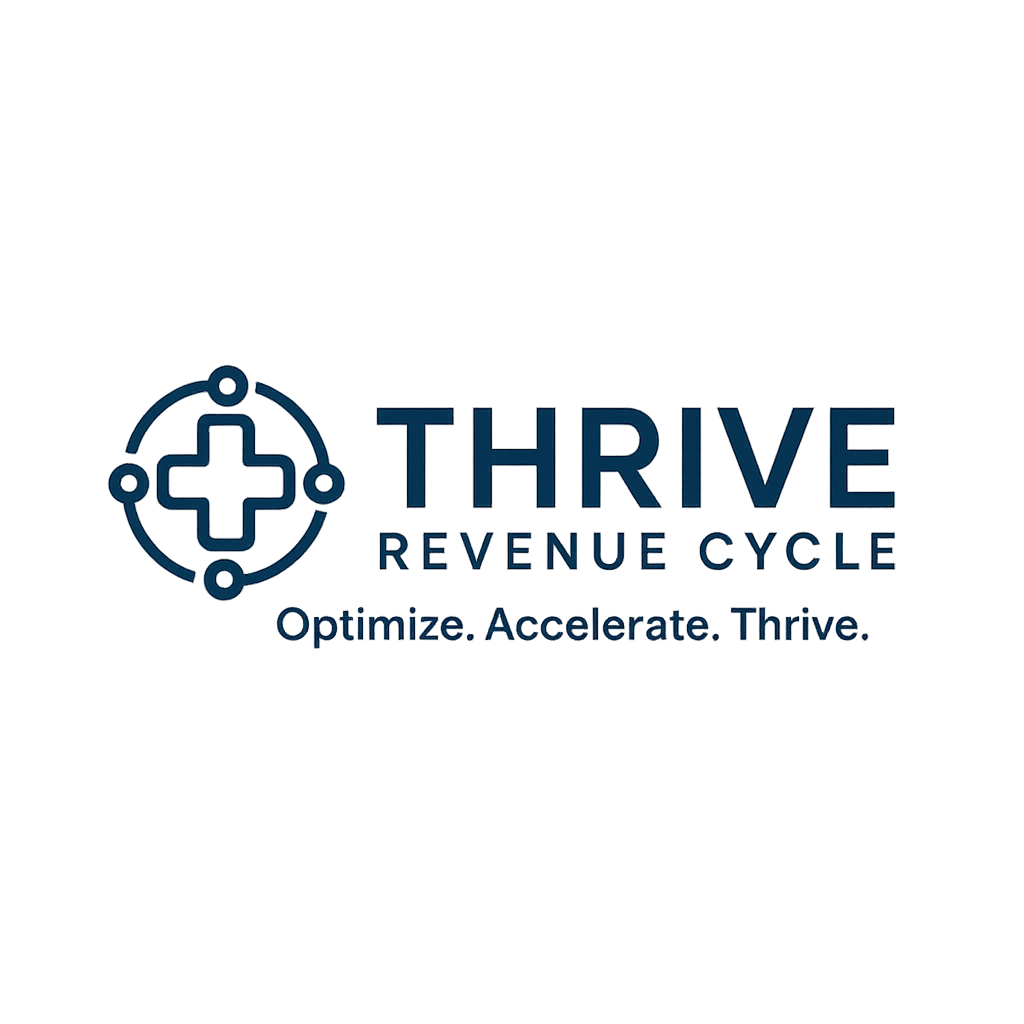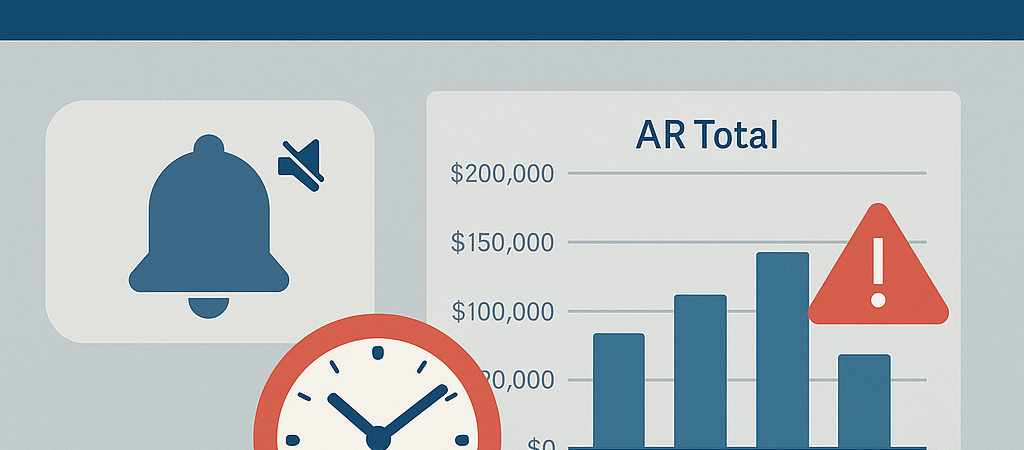Your cart is currently empty!
What Are Silent Denials?
Unlike formal denials that generate an Explanation of Benefits (EOB) or denial code, silent denials happen when payers simply don’t respond.
The claim isn’t processed, isn’t rejected, and isn’t marked as pending. It just… sits there.
Why?
- Some payers delay responses to manage cash flow.
- Claims with errors may get stuck in limbo without triggering a notification.
- Technical issues or EDI transmission gaps cause claims to vanish from payer systems.
Silent denials are dangerous because they:
- Inflate days in A/R
- Push claims beyond timely filing or appeal deadlines
- Leave no clear trail of why payment is delayed
The True Cost of Non-Response
Every week that a silent denial lingers, your chance of recovering payment drops. Without clear denial reasons, your team can’t address issues—leading to:
- Missed revenue: Timely filing limits (30–180 days) expire.
- High rework costs: Teams refile, call payers, and waste hours chasing claims.
- Cash flow strain: Large unresolved batches skew financial forecasting.
Silent denials are the revenue leak no one notices until A/R ages past 90+ days.
Proactive Tactics to Stop Silent Denials
1. Set Early Follow-Up Triggers
- Don’t wait 30+ days to follow up.
- Establish 14-day checkpoints for high-volume payers and 21-day checkpoints for all claims.
2. Automate A/R Aging Alerts
- Configure your PM or RCM system to flag claims that have no payer response by day 15 or 20.
- Use automated dashboards to track payer-specific lag times.
3. Batch Audit Your Clearinghouse
- Confirm claim acceptance reports daily to ensure submissions weren’t rejected upstream.
4. Train Teams for Aggressive Escalation
- For payers with chronic silent denial behavior, escalate by day 30 with documented call logs, reference numbers, and payer email outreach.
5. Leverage Payer Portals
- Check payer portals for real-time claim status—especially for payers that delay EDI acknowledgments.
Escalation Pathways That Work
When standard follow-up fails, escalation is critical:
- Tier 1: Initial follow-up call and resubmission (if missing claim is confirmed).
- Tier 2: Supervisor or manager-level escalation with written documentation of payer delays.
- Tier 3: File a complaint with state insurance regulators or invoke payer contract clauses related to prompt payment laws.
Tip: Maintain a log of payer “no-response” patterns. Sharing this data during contract negotiations can strengthen your position.
Staff Training: Front-Line Defense
A/R teams need:
- Checklists for early claim follow-up
- Clear escalation workflows by payer and claim type
- Regular reporting on silent denial volumes to track improvement over time
Final Thought
Silent denials are not passive errors—they’re active threats to your cash flow.
By setting proactive triggers, automated alerts, and escalation protocols, your team can reclaim revenue that would otherwise vanish.
The best defense is an early, data-driven offense.

